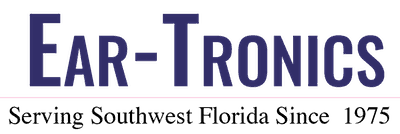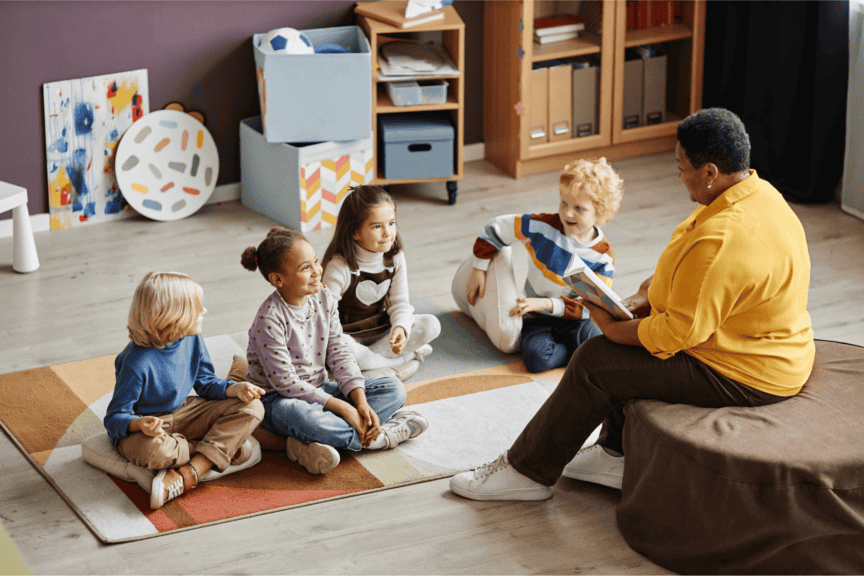The start of a new academic year heralds fresh notebooks, a slew of back-to-school sales, and the buzz of students ready to start a new year of learning and growth. However, amid this flurry of activities, one aspect often goes overlooked – hearing loss.
Students with hearing challenges need additional resources and support to enjoy better communication and learn and grow along with their peers. Here are a few strategies to help students with hearing loss thrive during the school year.
Hearing in Educational Settings
Schools are bustling places filled with countless sounds. For students with hearing loss, all these sounds can blend together into challenging background noise that prevents speech understanding. This hampers both academic performance and social integration.
Strategies for Effective Communication and Hearing
Here are a few strategies to improve communication:
- Classroom Awareness: The first step towards creating an inclusive classroom is fostering an environment of understanding and sensitivity. Teachers and students alike should be made aware of the challenges faced by those with hearing loss and the importance of clear communication.
- Optimizing Classroom Acoustics: Reducing background noise and enhancing sound quality can make a significant difference. Simple adjustments such as using curtains to dampen sound, maintaining quiet zones, and using sound amplification systems can create a more accessible learning environment.
- Incorporating Visual Aids and Technology: Visual supports like PowerPoint slides, handouts, and educational videos can make lessons more accessible.
- Teacher Adaptations: Teachers play a big role in shaping the classroom experience. Speaking clearly, facing the class while talking, repeating questions or comments from other students, and checking for understanding can all help ensure that students with hearing loss are not left behind.
- Peer Support Systems: Encouraging a culture of peer support can promote an inclusive learning community. Simple buddy systems and collaborative group work can help students with hearing loss feel connected and supported.
- Individualized Education Plans (IEPs): Tailoring learning experiences to meet individual needs is essential. IEPs can outline specific modifications and accommodations required to support a student’s learning journey, including the use of assistive listening devices or other technologies.
The Role of Hearing Aids in Education
Hearing aids and other assistive listening devices are game-changers when it comes to improving hearing in educational settings. By amplifying sounds and reducing background noise, they allow students with hearing loss to engage more fully with their teachers and peers, creating a level playing field.
Assistive devices can also make a significant difference. For example, a remote microphone can send the teacher’s voice directly to the student’s hearing aids and reduce all the background noise.
What to Consider When Exploring Hearing Aids for School:
- Compatibility with Other Technologies: Ensure that hearing aids can work seamlessly with FM systems or other classroom technologies.
- Durability and Comfort: Given the length of the school day and the active nature of students, it’s important that hearing aids are both durable and comfortable for all-day wear.
- Ease of Use: Devices should be easy for students to manage independently to build self-reliance and confidence.
- Training: Teaching students to take an active role in managing their hearing health can empower them to advocate for themselves and navigate challenges more effectively. This includes training on how to care for their devices, when and how to seek help, and strategies for effective communication.
How Parents Can Help
Parents and caregivers can help children with hearing loss. Here are some strategies you can try:
Create a Supportive Learning Environment at Home
Make sure your home is conducive to learning by providing quiet study areas and incorporating visual learning aids. Talk to teachers about the strategies used in school and replicate these at home to provide consistency.
Advocate for Your Child
Parents often need to be their child’s biggest advocates within the school system. This may involve requesting accommodations, such as preferential seating or the use of specific technology, and ensuring that the school is compliant with relevant laws and policies supporting students with disabilities.
Promote Language and Communication Skills
Explore different modes of communication that work best for your child, whether it’s spoken language, sign language, or a combination, and provide resources and opportunities for them to practice these skills.
Collaborate with Professionals
Build a support network with professionals who specialize in hearing loss, including hearing health professionals, speech-language pathologists, and educational audiologists. These experts can offer valuable advice, support, and resources to assist your child’s educational journey.
Visit Us Today
Together, we can ensure that the return to school is a positive, enriching experience for all students. Let’s make this academic year the most inclusive and supportive one yet! Explore hearing aids and other auditory solutions today, and open up a world of learning opportunities for every student.

